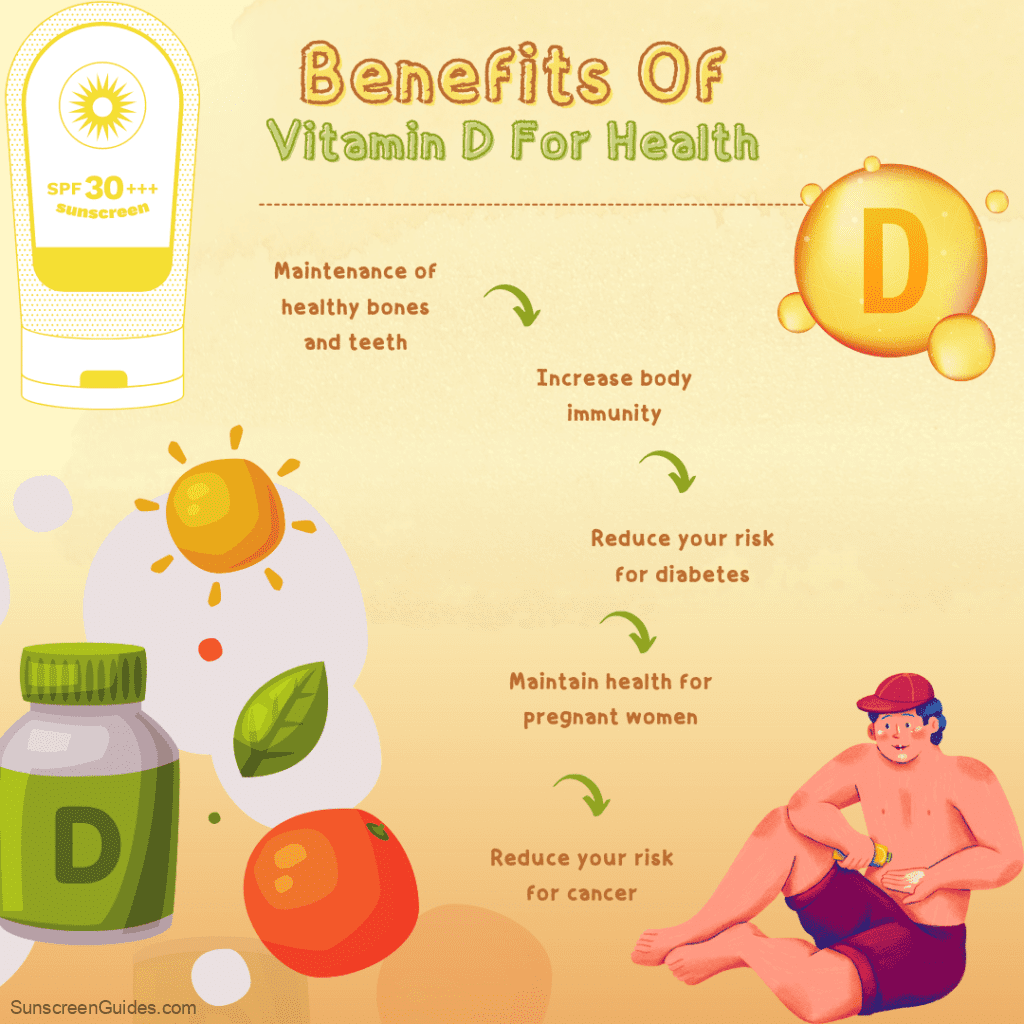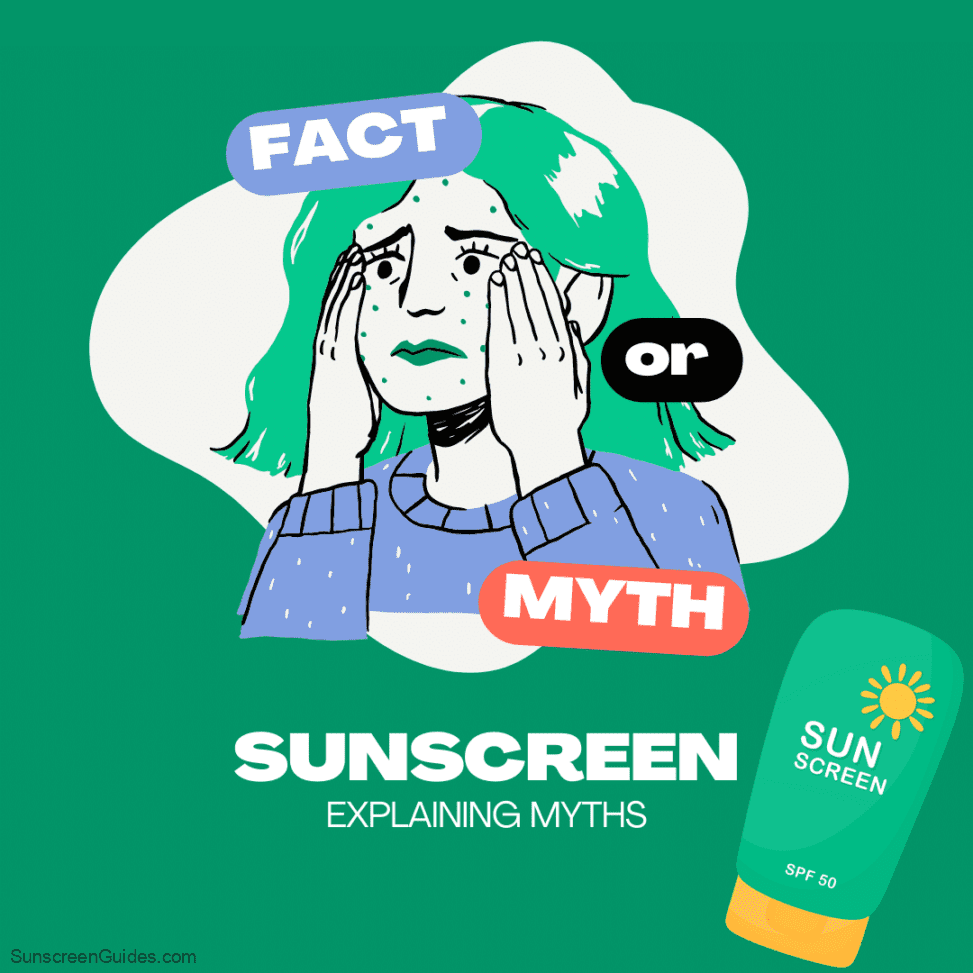Greetings, sun worshippers and skincare enthusiasts! Today, we embark on a journey to debunk some of the most pervasive sunscreen myths that have been circulating like wildfire. Sunscreen is a crucial tool in our sun protection arsenal, but unfortunately, it’s often shrouded in misinformation and confusion. Fear not, for we are here to shed light on these myths and separate fact from fiction. Get ready to bust those sunscreen myths wide open!
Table of Contents
Sunscreen Myths 1: “I Don’t Need Sunscreen on Cloudy Days.”
Ah, the cloudy day misconception—a classic among sunscreen myths. While it may seem intuitive to skip the sunscreen when the sun is hiding behind clouds, UV rays can still penetrate through the overcast sky. In fact, up to 80% of UV radiation can reach your skin even on a cloudy day. So, don’t be fooled by the lack of sunshine; slather on that sunscreen to protect yourself from harmful UV rays.
Myth 2: “I Have Dark Skin, So I Don’t Need Sunscreen.”
Here’s a myth that needs debunking pronto! It’s true that darker skin naturally contains more melanin, which offers some protection against UV rays. However, this doesn’t mean dark-skinned individuals are immune to sun damage. Everyone, regardless of skin tone, needs to safeguard their skin from the sun’s harmful rays. Dark-skinned individuals should also use sunscreen with a suitable SPF to maintain healthy and protected skin.
Myth 3: “I Only Need Sunscreen at the Beach.”

Oh, how we wish this myth were true! Alas, it’s far from accurate. Sunscreen should be a daily ritual, even when you’re not lounging on a sandy shore. UV rays are present year-round, whether you’re walking your dog, running errands, or simply enjoying a leisurely stroll. Make applying sunscreen part of your daily routine to shield your skin from the sun’s damaging effects.
Myth 4: “Higher SPF Provides Complete Protection.”
One of the sunscreen myths, the infamous SPF confusion! While a higher SPF does offer increased protection against UVB rays, it’s crucial to understand that no sunscreen can provide 100% protection. SPF 30 blocks about 97% of UVB rays, while SPF 50 blocks around 98%. Beyond SPF 50, the incremental benefit becomes minimal. Remember, sunscreen should be reapplied every two hours and after swimming or sweating, regardless of the SPF level.
Myth 5: “Sunscreen Is Harmful and Causes Health Issues.”
Let’s put these sunscreen myths to rest once and for all. When used as directed, sunscreen is safe and essential for protecting your skin from the harmful effects of the sun. The concerns surrounding sunscreen ingredients like oxybenzone and retinyl palmitate, often perpetuated by sunscreen myths, have been largely overstated. Regulatory agencies worldwide rigorously evaluate sunscreen safety, and the benefits of sun protection far outweigh any hypothetical risks.
Myth 6: “Applying Sunscreen Once Is Enough for the Day.”
Ah, the convenience of applying sunscreen just once and forgetting about it. Unfortunately, this myth won’t fly. Sunscreen effectiveness diminishes over time due to exposure, sweat, and natural skin oil production. To maintain optimal protection, reapplication is vital. Remember to reapply sunscreen every two hours, or more frequently if you’re engaging in water activities or sweating profusely.
Myth 7: “Sunscreen Is Only Necessary in the Summer.”
Don’t fall for the sunscreen myths and pack away that sunscreen after summer ends! Sunscreen is a year-round necessity to protect your skin. Even during colder months or cloudy days, UV rays can still penetrate your skin and cause damage. Whether you’re hitting the ski slopes or simply taking a winter stroll, make sure to incorporate sunscreen into your daily skincare routine to safeguard your skin from the sun’s harmful rays throughout the year.
Myth 8: “I Can Rely on Sunscreen Alone for Sun Protection.”
Sunscreen is undoubtedly a crucial component of sun protection, but it shouldn’t be your sole defense. Combine sunscreen with other sun-safe practices, such as seeking shade during peak sun hours, wearing protective clothing, including wide-brimmed hats and sunglasses, and staying hydrated. A comprehensive approach to sun safety ensures maximum protection for your skin.
Bonus Myth: “Sunscreen Prevents Vitamin D Absorption.”

Ah, the perennial debate of sunscreen versus vitamin D, perpetuated by sunscreen myths! Some believe that wearing sunscreen hampers the body’s ability to absorb vitamin D from sunlight. While it’s true that sunscreen can reduce vitamin D synthesis, the impact of these sunscreen myths is minimal when used correctly. Experts agree that a few minutes of sun exposure on uncovered skin is sufficient for vitamin D production, even with sunscreen applied. Plus, there are plenty of other sources of vitamin D, such as fortified foods and supplements, to ensure you maintain adequate levels. So, don’t let these sunscreen myths keep you from protecting your skin—sunscreen and vitamin D can coexist harmoniously in your sun-safe routine.
Conclusion
There you have it, dear readers—our myth-busting expedition through the realm of sunscreen misconceptions. Armed with knowledge, you can now confidently navigate the world of sun protection, armed with the truth and armed against the sun’s harmful rays. Remember, sunscreen is your steadfast companion on the journey to healthy and radiant skin. So, banish those myths, slather on that sunscreen, and embrace a sun-safe lifestyle. Your skin will thank you!
Notes
You can check Mayo Clinic Sunscreen Best Practices article. Also you can check our Sunscreen Guide.
